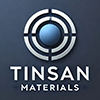Showing 37–39 of 39 results
-
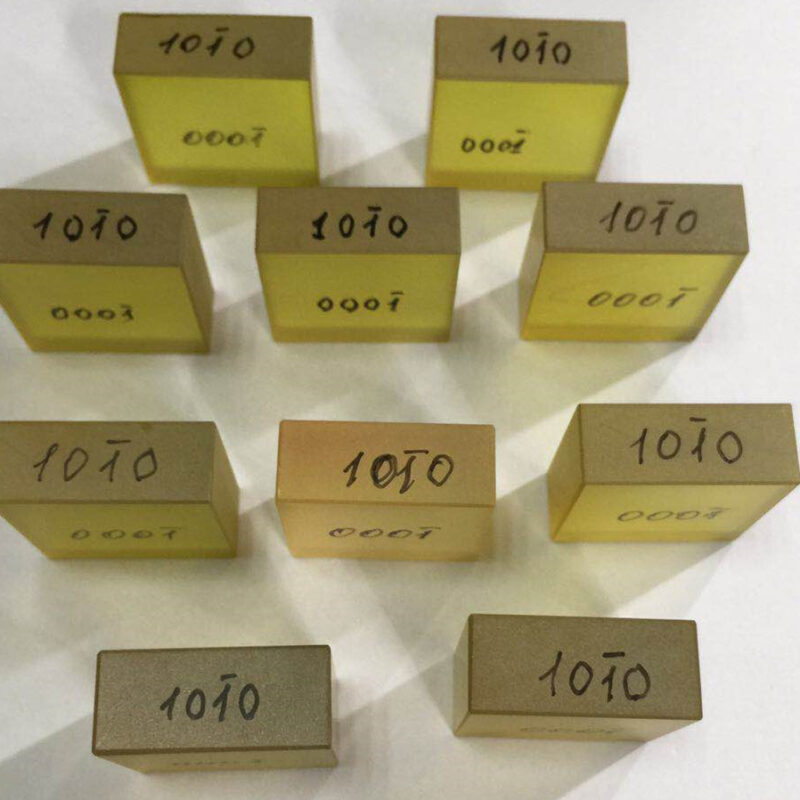
-
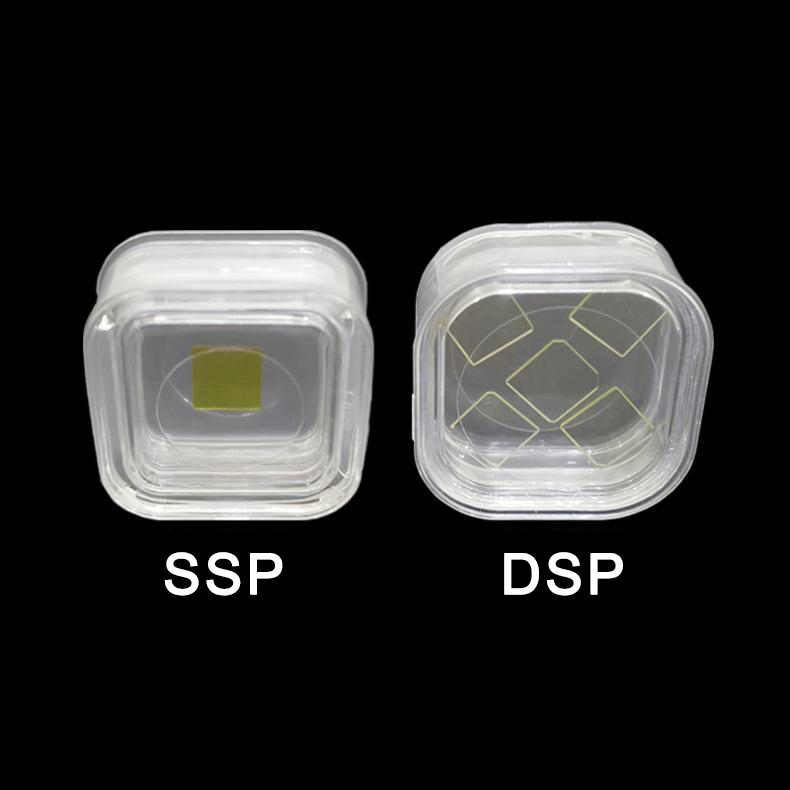
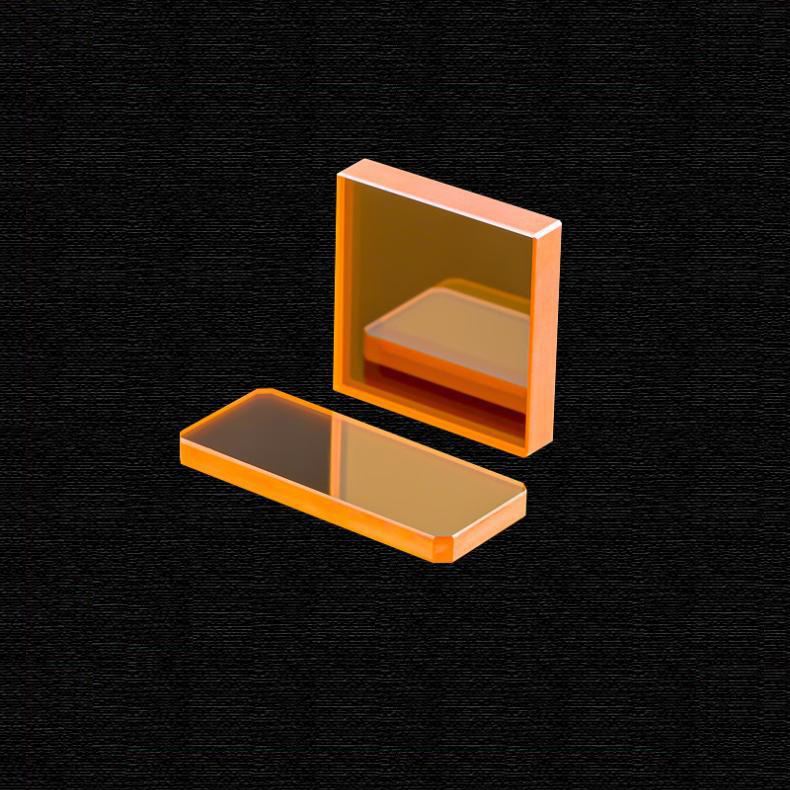
- Broad Infrared Transmission: Covers visible to far-IR regions (0.5–22 μm).
- High Refractive Index: Suitable for focusing and imaging applications.
- Low Bulk Absorption: Enables high-power CO₂ laser operation.
- Excellent Thermal Shock Resistance: Suitable for high-power, high-temperature environments.
- Chemical Stability: Resistant to moisture and most chemicals in ambient environments.
- Isotropic Optical Properties: Minimal birefringence effects.
- High Damage Threshold: Ideal for high-power laser optics and windows.
- Good Mechanical Strength: Though softer than sapphire, sufficient for most optical setups.
- Compatible with Anti-Reflection (AR) and Protective Coatings: Enhances performance and durability.
-
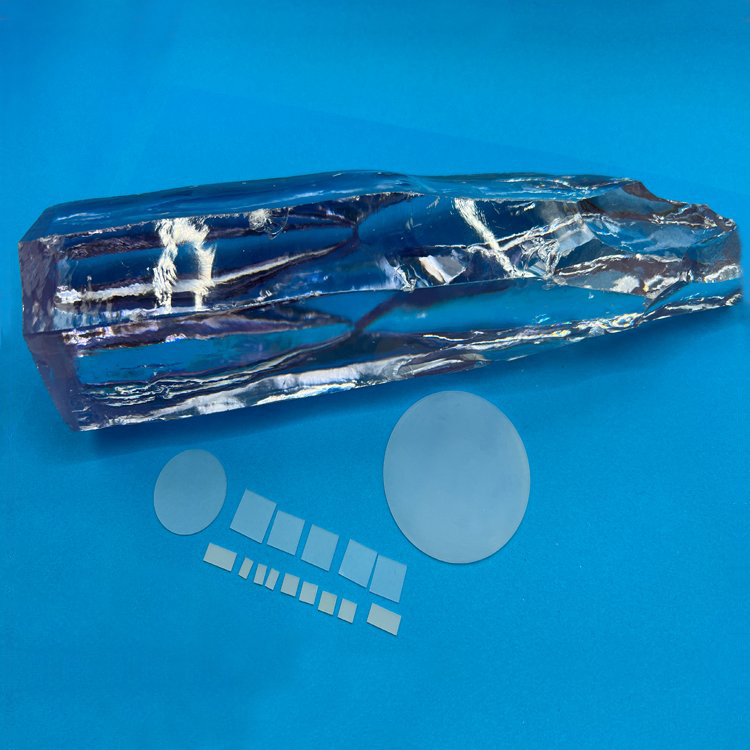
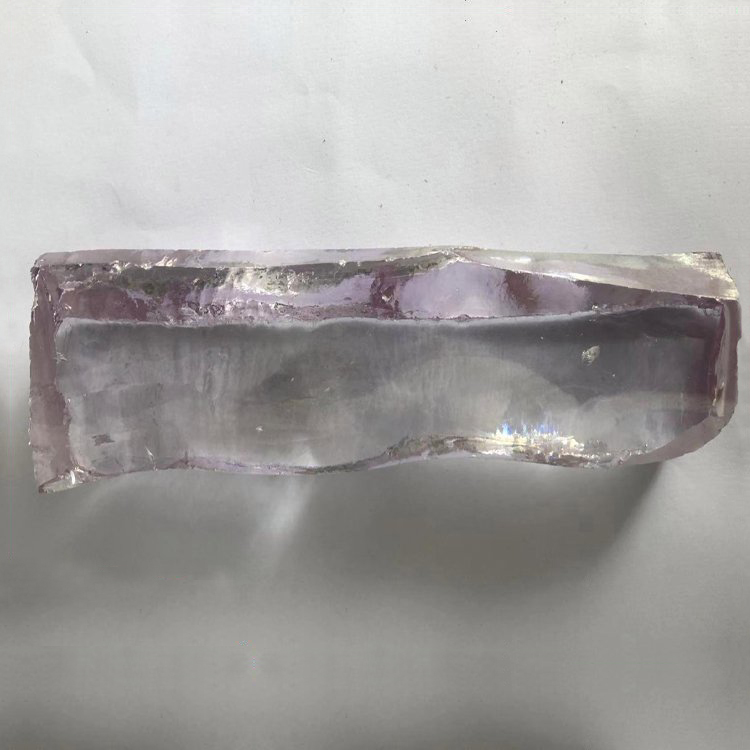
- High Thermal Stability: Outstanding resistance to high temperatures up to 2500°C.
- Exceptional Mechanical Properties: High hardness, high fracture toughness, and high wear resistance.
- Excellent Ionic Conductivity: Suitable for solid oxide fuel cell (SOFC) applications.
- Low Thermal Conductivity: Ideal for thermal barrier coatings.
- Wide Optical Transmission Range: Transparent from visible to mid-IR (approximately 0.3 – 5 μm depending on doping and phase).
- Chemical Resistance: Highly resistant to corrosion, oxidation, and chemical attack.
- Various Crystal Phases Available: Including cubic-stabilized zirconia (YSZ) and tetragonal zirconia.
